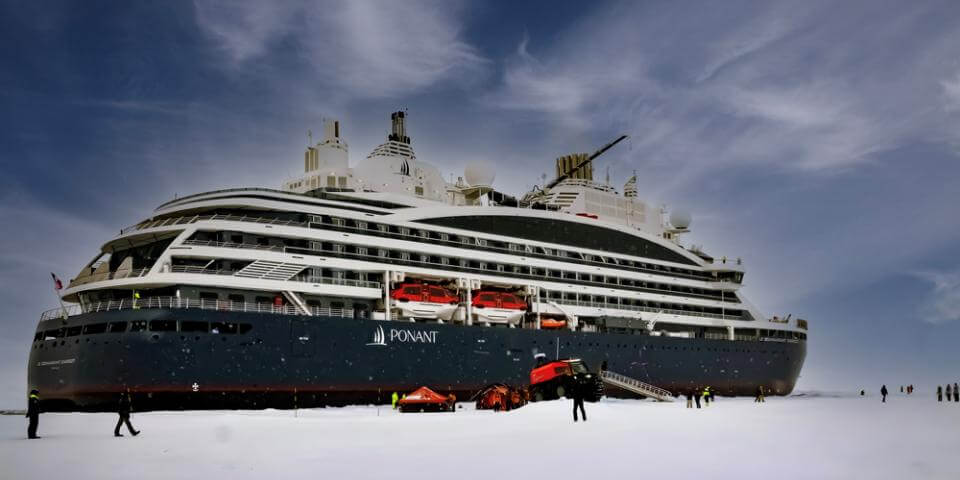With the growth of the number of vessels operating in the polar regions, safety and the challenges that would be involved in a search and rescue operation have only grown in importance. Beyond the highly-sophisticated research vessels that head into the Arctic and Antarctic each year, an increasing number of exploration cruise ships are heading into the polar regions to provide passengers with unique experiences. Recently, an international effort undertook the world’s first international search and rescue exercise (SAREX) in a remote polar zone.
The search and rescue exercise was performed to identify and address the challenges, constraints, and opportunities involved in Arctic Massive Rescue Operations (AMRO) in remote polar areas, in order to support safe navigation in polar waters. The exercise brought together teams from Russia, Greenland, Iceland, Canada, the United States, and Norway and included the participation of Bureau Veritas. The international initiative involved academic experts, the ship’s officers, and crew, as well as remotely connected teams and head office management.
“Being part of this important search and rescue exercise has enabled us to further understand what is at stake in polar conditions,” said Laurent Leblanc, Bureau Veritas Senior Vice- President, Technical & Operations. “Given the extreme conditions of the polar environment, safety is an absolute priority and can be a matter of life or death. The outcomes of the exercise have been extremely positive and this should give cruise passengers and governments increased confidence in the safety of polar voyages.”
The field exercise portion of the simulated polar SAR program involved a group of 67 people, who were tasked with setting up a polar survival camp to last over a 24-hour period on the ice, among other tasks. Tested were carried out working from the new polar exploration cruise vessel Le Commandant Charcot operated by Ponant. The 31,757 gross ton cruise ship is the first LNG-fueled expedition cruise ship and is capable of carrying up to 245 passengers as well as 235 in the crew.
The exercise was an ideal opportunity to test all rescue and safety equipment, particularly the ‘Ice Cube’, the camp kit, group survival kit, floating polar shelters and survival suits say BV. The classification society tested and certified the maritime safety equipment onboard the cruise ship.

Ponant’s expedition cruise ship participated in the simulated polar research (BV)
“We are proud to partner with BV and a range of international partners on this milestone exercise, which once more raises the bar for maritime safety and standards in polar tourism,” said Mathieu Petiteau, Newbuilding Director at Ponant. “Safety is paramount when navigating in the challenging waters surrounding the poles, and we are dedicated to protecting the health and safety of our passengers and crew, as well as safeguarding the pristine polar environments. In line with our commitment to sustainable tourism.”
BV reports that the conclusions reached for the effort were very positive with all equipment tested exceeding safety criteria and standards and those required by the tourism industry (IAATO and AECO). The outcomes of the SAREX will be shared with polar environment experts to support a better understanding of the impact of extended periods of time spent on polar ice. The outcomes will also help the expedition cruise industry and rescue centers across the world to devise new safety strategies and improve their understanding of the potential impacts of a crisis situation in extreme polar conditions.
Source: The Maritime Executive






